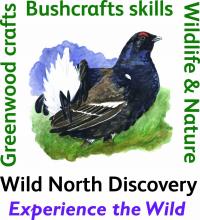Woods
Upland woodland was once a much more common feature in the North Pennines landscape, but the remaining woodlands are important for their contribution to the landscape and for the biodiversity which they support.
There are approximately 5,000 hectares of woodland in the North Pennines . There are 930 hectares of ancient and semi-natural woodland, much of which occurs in steep gills, which have been difficult to graze with sheep or clear for agriculture. Others are found along river valleys, particularly the Allen and South Tyne. Conifer plantations make up a substantial proportion of the woodland cover of the AONB, but there are also mixed ash, oak and wet woodlands. Some of the conifer plantations support red squirrel populations such as at Killhope Museum. Some great woodlands to visit include Derwent Gorge and Muggleswick wood, Allen Banks and Staward Gorge and Hamsterley Forest.
Allen Banks & Staward Gorge: North Pennine Birdwalks - Walk 3
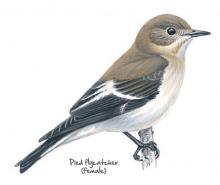
Allen Banks Geotrail
Blanchland: Along the river bank (A trail of three tails!)

Blanchland: North Pennine Birdwalks - Walk 5

Bowlees Visitor Centre

Derwent Gorge: North Pennine Birdwalks - Walk 6
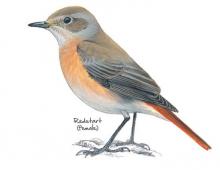
Derwent Reservoir: North Pennine Birdwalks - Site 1

Dufton Pike: North Pennine Birdwalks - Walk 11
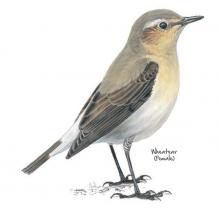
Eden Outdoor Adventures
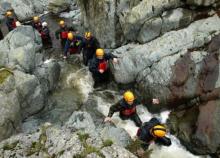
Egglesburn Wood
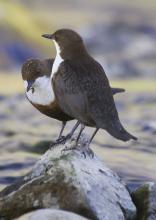
Garrigill Round
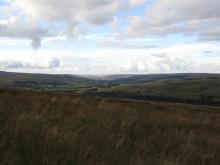
Garrigill: North Pennine Birdwalks - Walk 10
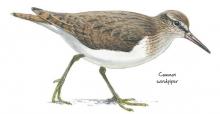
Hamsterley Forest

Hamsterley Packhorse Trail - Horse

Hamsterley Packhorse Trail - Mountain Biking

Hayberries Nature Reserve
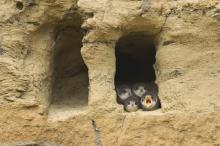
Ireshopeburn (Weardale): Hay Time Walk 2
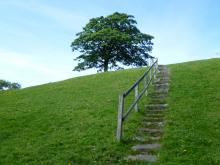
Isaacs Tea Trail

Killhope Lead Mining Museum

Lambley and the South Tyne: North Pennine Birdwalks - Walk 1
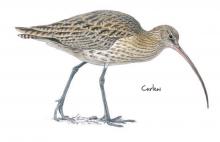
Low Barns Nature Reserve

Low Force Geotrail

Mickleton to Middleton
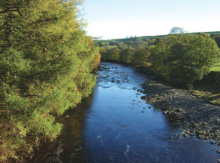
Open access walks in Cumbria: Geltsdale
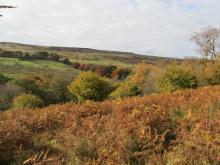
Over the hill to Cowbyre Farm

RSPB Geltsdale Walking Trails

Slitt Wood and West Rigg Geotrail
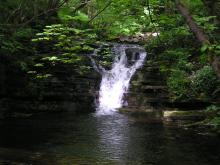
St John's Chapel: Farming, Mining and Methodism
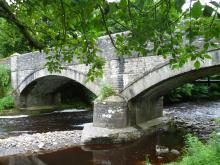
Take a walk in the woods…

Taste Trails: Allendale to Whitfield Circular

The Garden Station
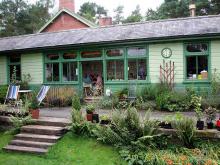
The National Trust - Allen Banks and Staward Gorge woodland walk

Tindale Tarn: North Pennine Birdwalks Walk 2

Tunstall Reservoir Walk
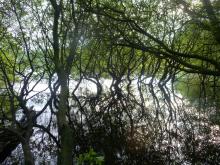
Tyne Train Trails - Riding Mill to Corbridge
Tyne Train Trails -Corbridge to Hexham
Tyne Train Trails: Bardon Mill to Haltwhistle
Tyne Train Trails: Hexham to Haydon Bridge
Walks from Allendale Caravan Park

Waterfalls and wildlife walk: Moor House-Upper Teesdale NNR

Weardale Way - White Kirkley to Wolsingham
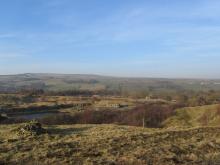
Wellhope Moor (Nent Valley): North Pennine Birdwalks - Walk 9
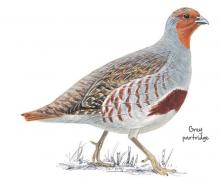
Wild North Discovery
